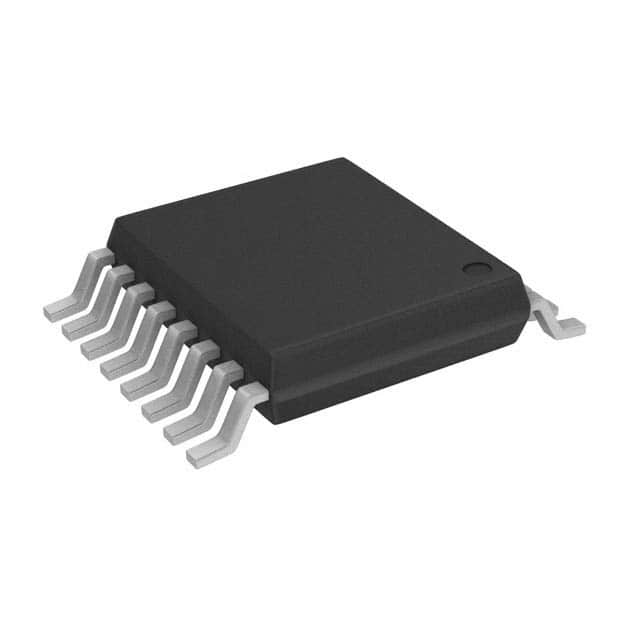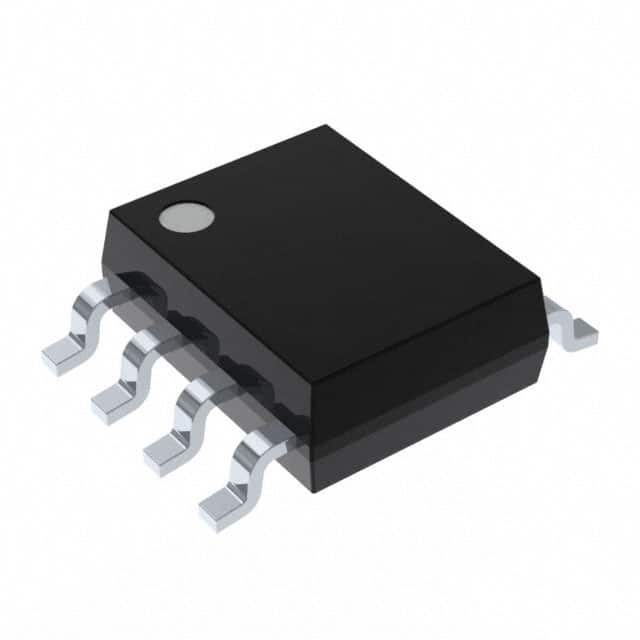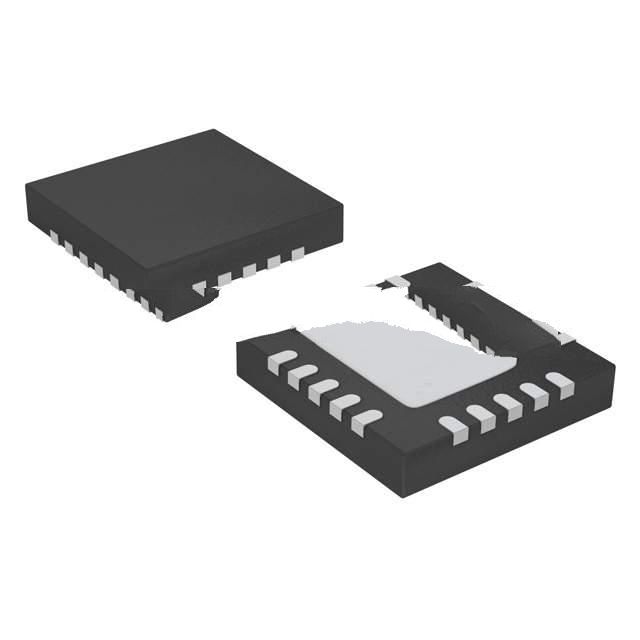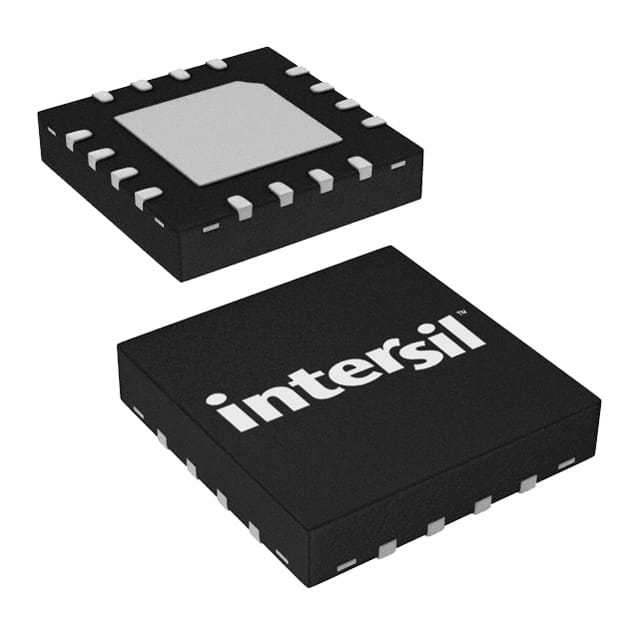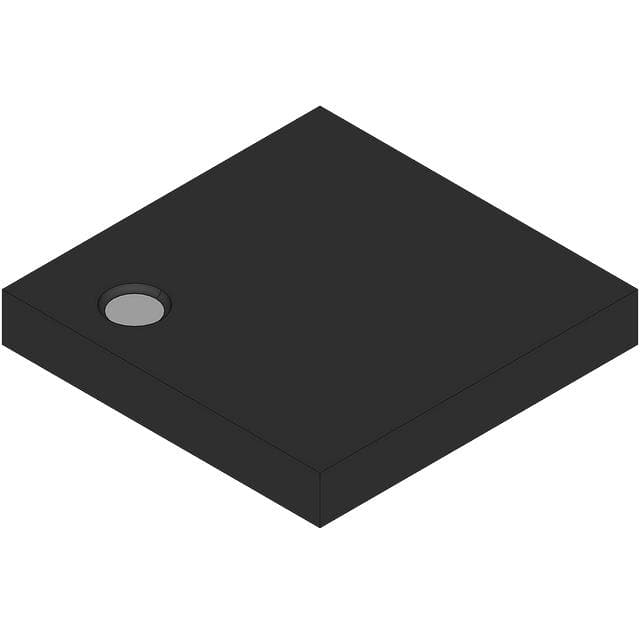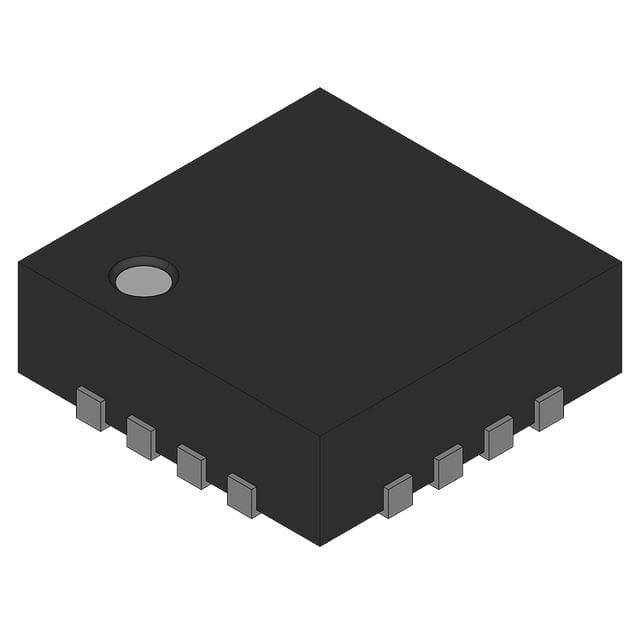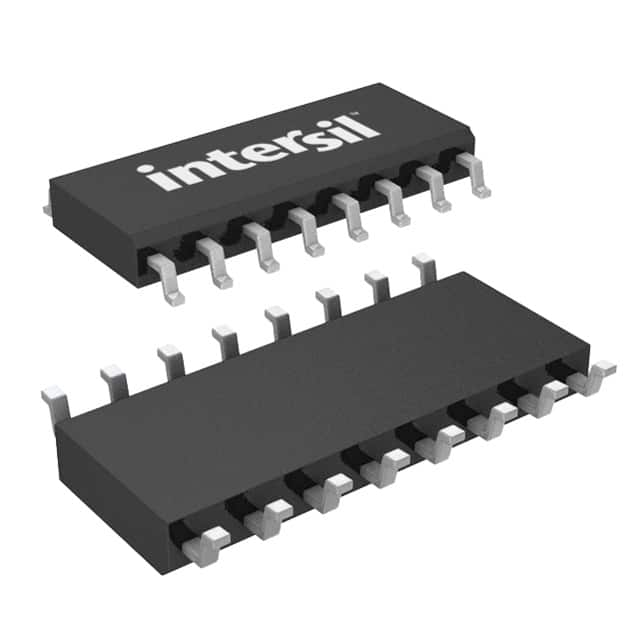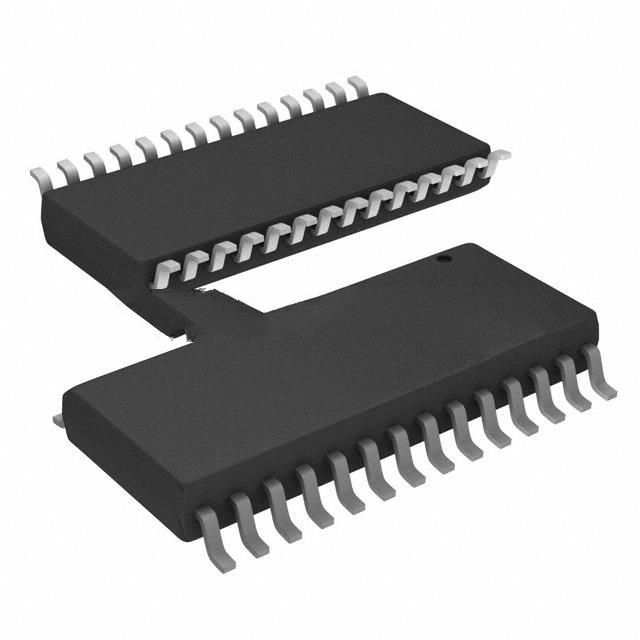ISL8393IBZ Product Introduction:
Intersil Part Number ISL8393IBZ(Interface - Analog Switches, Multiplexers, Demultiplexers), developed and manufactured by Intersil, distributed globally by Jinftry. We distribute various electronic components from world-renowned brands and provide one-stop services, making us a trusted global electronic component distributor.
ISL8393IBZ is one of the part numbers distributed by Jinftry, and you can learn about its specifications/configurations, package/case, Datasheet, and other information here. Electronic components are affected by supply and demand, and prices fluctuate frequently. If you have a demand, please do not hesitate to send us an RFQ or email us immediately sales@jinftry.com Please inquire about the real-time unit price, Data Code, Lead time, payment terms, and any other information you would like to know. We will do our best to provide you with a quotation and reply as soon as possible.
Introducing the Intersil ISL8393IBZ, a versatile and high-performance voltage regulator designed to meet the demanding requirements of various applications. With its advanced features and robust design, this product is set to revolutionize the power management industry.
The ISL8393IBZ boasts an impressive input voltage range of 2.7V to 5.5V, making it suitable for a wide range of applications. Its output voltage can be adjusted from 0.8V to 3.3V, providing flexibility and adaptability to different power requirements. With a maximum output current of 3A, this voltage regulator can handle even the most power-hungry devices.
One of the standout features of the ISL8393IBZ is its exceptional efficiency, thanks to its low dropout voltage and low quiescent current. This translates to reduced power consumption and longer battery life, making it ideal for portable devices and battery-powered applications.
The ISL8393IBZ is also equipped with a comprehensive set of protection features, including overcurrent protection, thermal shutdown, and reverse current protection. These safeguards ensure the longevity and reliability of the device, even in harsh operating conditions.
With its outstanding performance and versatile features, the ISL8393IBZ finds applications in a wide range of fields. It is particularly well-suited for use in smartphones, tablets, portable gaming consoles, and other handheld devices. Additionally, it can be utilized in industrial automation, automotive electronics, and other power-sensitive applications.
In conclusion, the Intersil ISL8393IBZ is a game-changing voltage regulator that offers exceptional performance, efficiency, and protection features. Its wide range of applications makes it a must-have for any power management system.
Interface - Analog Switches, Multiplexers, Demultiplexers are an important class of components in integrated circuits (ics) that are used to select and switch between different signal paths. Multiplexers are analog switches that combine multiple input signals onto a shared output line. The multiplexer consists of a set of selection lines and a plurality of input lines, and determines which input signal is connected to the output line by selecting the control signal on the line. This design allows multiple signals to be transmitted with limited physical connections, saving wiring resources and space. A demultiplexer is a reverse operation of a multiplexer that distributes one input signal to multiple output lines. By controlling the signal, the demultiplexer can selectively connect the input signal to one or more output lines to achieve signal distribution and routing. Such IC chips achieve lossless switching of signals through integrated transistors or MOSFET devices, and the design principle is to use control signals to change the conductivity of semiconductor materials, so as to switch between signal paths. The analog switch can be bi-directional, allowing the signal to travel in both directions, or unidirectional, allowing the signal to flow in only one direction.
Application
Interface - Analog Switches, Multiplexers, Demultiplexers have demonstrated extensive application value in multiple fields. In data acquisition systems, they are used for switching multiple signals, reducing the number of connections between sensors and processors, and improving the flexibility and efficiency of the system. In the field of communication, especially in multi-channel transmission systems, multiplexers are used to merge multiple signals into one medium for transmission, while demulsifiers separate signals at the receiving end, achieving effective signal management and transmission. In testing and measurement equipment, this type of IC chip is used for dynamic control of signal paths, supporting multiple testing modes and configurations. In addition, analog switches, multiplexers, and demulsifiers play a crucial role in audio processing, video switching, automotive electronics, medical equipment, and various industrial control systems that require signal switching and management, providing a solid foundation for the high performance and versatility of modern electronic devices.
FAQ about Interface - Analog Switches, Multiplexers, Demultiplexers
-
1. What is an analog switch?
An analog switch is an electronic component that is mainly used for switching operations in analog signal circuits. Unlike digital switches, analog switches operate analog signals and can realize functions such as selection, switching and adjustment of analog signals. Analog switches are usually composed of semiconductor devices such as MOSFET or bidirectional diodes, which can complete tasks such as switching, selecting and processing analog signals.
-
2. What are multiplexers and demultiplexers?
Multiplexers and demultiplexers are key devices for signal transmission and reception in communication systems.
Multiplexer
A multiplexer is a device whose main function is to combine multiple low-speed channels into a high-speed channel. At the transmitting end, the multiplexer combines multiple low-bandwidth signals into a high-bandwidth signal according to certain rules for transmission through a shared communication medium12. A multiplexer usually contains multiple data inputs and a single output, combining multiple signals into one signal through coding or modulation techniques. For example, in telephone networks, frequency division multiplexing (FDM) technology divides the available bandwidth of the transmission medium into multiple frequency bands, each of which is assigned to a signal, thereby achieving multiplexing.
Demultiplexer
A demultiplexer is the opposite of a multiplexer. Its main function is to decompose a high-bandwidth signal into multiple low-bandwidth signals at the receiving end. At the receiving end, the demultiplexer decomposes the composite signal into the original multiple low-speed channels according to the same rules for separate transmission to various destinations14. Demultiplexers are usually used in conjunction with multiplexers to ensure that the signals can be correctly separated and transmitted to the correct receiving device.
-
3. What are the applications of demultiplexers?
Demultiplexers are widely used in communication systems, mainly including the following aspects:
Communication systems: Demultiplexers are used in communication systems to pass data from one input to one of multiple output data lines. For example, in fiber-optic communication, optical signals are combined and transmitted after being transmitted by optical multiplexers. When they reach the receiving end, demultiplexers are needed to separate the optical signals and restore them to the original multiple signals.
Data transmission: During data transmission, demultiplexers can separate composite data streams into multiple independent signals for processing on different channels or devices. For example, in Ethernet, multiple devices share a physical connection, and the demultiplexer is responsible for correctly allocating these shared signals to each device.
Signal processing: Demultiplexers are also used in the field of signal processing, especially in scenarios where specific information needs to be extracted from composite signals. For example, in radar systems, demultiplexers can decompose the received composite radar signal into information about multiple targets to help with target identification and tracking.
 Lead free / RoHS Compliant
Lead free / RoHS Compliant














